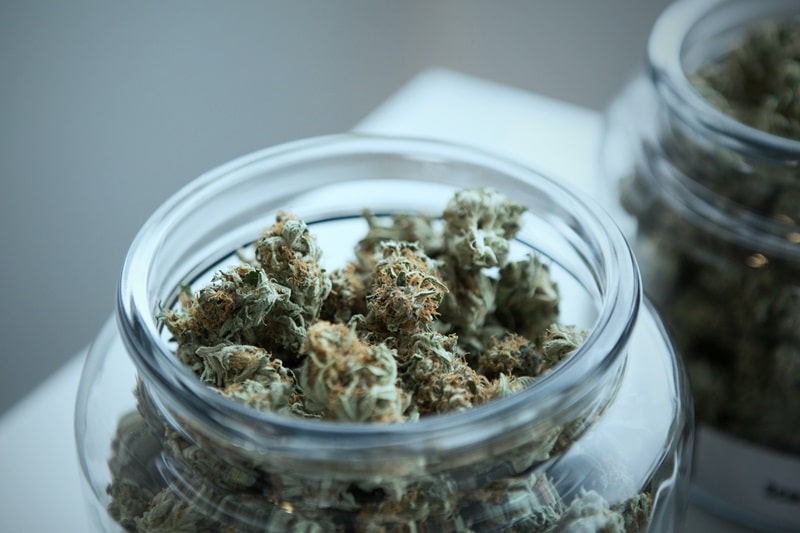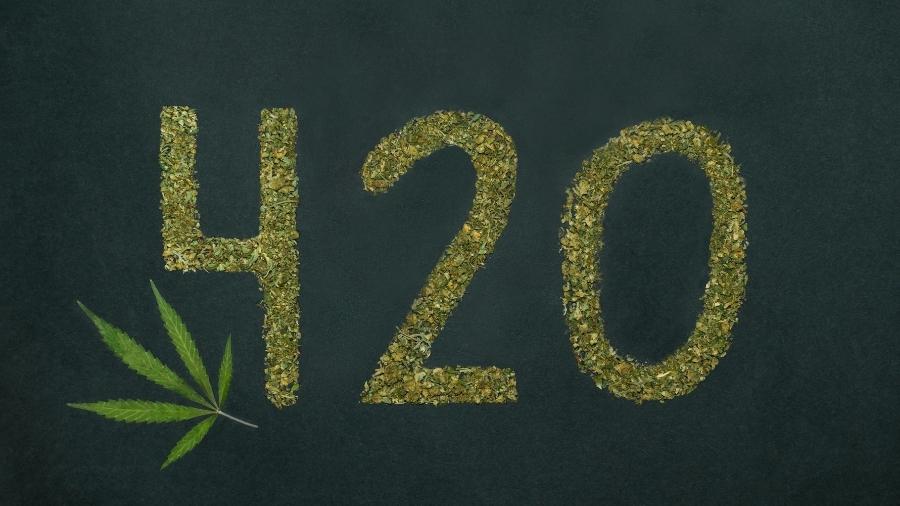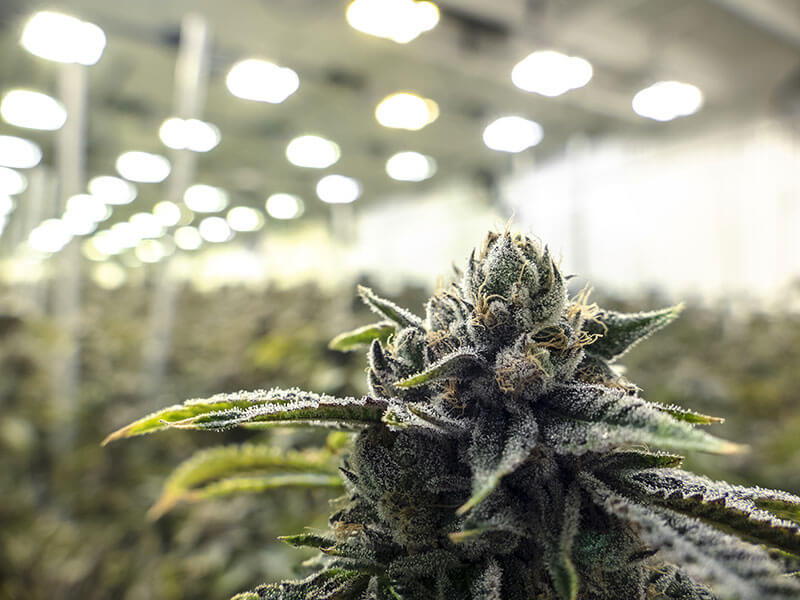It can sound a little scientific and confusing at first, but decarboxylation is a key process to make the most of cannabis products and bring out their best benefits and effects. But what exactly is the decarboxylation of cannabis? How does it work, and how to decarb cannabis at home? Read on to find out all you need to know about decarbing cannabis.
What Is Decarboxylation?
Let’s start off with a quick definition. What exactly is decarboxylation? Well, decarboxylation is basically just a long and complicated word for “heating”. If you’ve ever lit up a joint or heated marijuana in any way, then you’ve decarbed it.
Of course, in scientific terms, it’s a little more complicated than that, but in reality, decarbing weed is simply a question of heating it up at high temperatures in order to activate the compounds within it, like THC and CBD.
How Does it Work?
Now, let’s take a closer look at the science behind the process of decarb weed.
When cannabis plants grow, a lot of the cannabinoids inside them have an extra carboxyl ring attached. THC, for example, exists as THCa in fresh plant matter, which doesn’t have the same psychoactive effects or uses, and CBD originally starts off as CBDa.
In order to convert these precursor cannabinoids like THCa and CBDa into more useful and potent versions, we have to heat them up. Heating to a temperature of around 230-250°F tends to work the best for removing the carboxyl ring, or “decarbing” the cannabinoids.
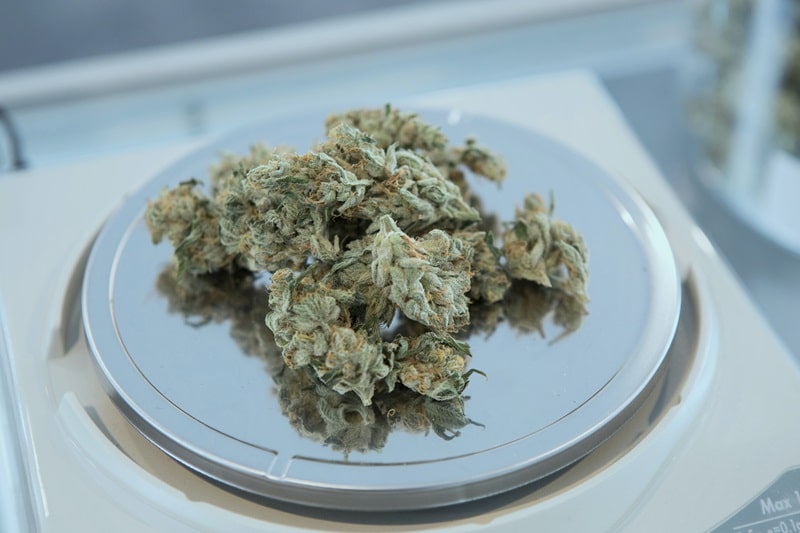
Why Decarb Cannabis?
So, why do we decarb cannabis in the first place? Well, decarbing is a crucial step in activating the key components of cannabis, as explained in this PubMed study. In other words, if you don’t decarb cannabis, it won’t be anywhere near as effective when consumed.
Decarbing is what brings out all the best benefits and uses of cannabis, like THC’s unique mood-boosting properties or the relaxing and stress-busting power of CBD, as well as other advantages from the dozens of other cannabinoids.
The decarb process is also essential if you plan on making any cannabis edibles. By decarbing cannabis, you can then use it for making tinctures, oils, cannabutter, and more to add in with your recipes for everything from cannabis cookies to brownies, candy, tea, and so on.
Why Is it Necessary for Edibles?
Knowing how to decarb weed is crucial for making edibles. Why? Well, if you try making the likes of tinctures and oils using simple raw plant material that hasn’t been heated or decarbed yet, it won’t have much of an effect.
This is because, as explained above, the cannabinoids will still be in their raw, acidic form, like THCa, which is nowhere near as authentic as “true” THC. By decarbing, the stronger, more potent cannabinoids will be able to seep out into the oils and tinctures.
Then, it becomes much easier to make top-quality edibles with real effects, as well as being simpler to manage your edible dosage and get the right amount in each bite or serving.
How to Decarb Cannabis?
There are many methods to decarboxylate cannabis at an industrial scale, like pre-extraction decarboxylation (used by the likes of Wasatch Extraction) or the use of oil baths and FT-IR Spectroscopy (outlined in “Optimization of the Decarboxylation Reaction in Cannabis Extract”).
As outlined by Michigan State University, there are also various regulations that need to be adhered to when working with marijuana, hemp, and related products.
However, if you’re simply focused on decarbing at home, as long as you live in a state with legal marijuana, you won’t have to worry too much. There are several simple home techniques you can use with relatively simple pieces of equipment.
Decarboxylation in Oven
This is the simplest and most popular method for decarbing cannabis. All you have to do is buy some flowers from your local Los Angeles marijuana dispensary and grind them up. Lay it out on a baking sheet and heat it in the oven at 220 F for about half an hour.
Using a Mason Jar
This is similar to the oven method but with a mason jar. Put your oven on 220-240 and then fill a mason jar with ground-up cannabis. Lightly attach the lid and put the jar into the oven on top of a damp kitchen towel. Bake for an hour, shaking the jar carefully every 15 minutes.
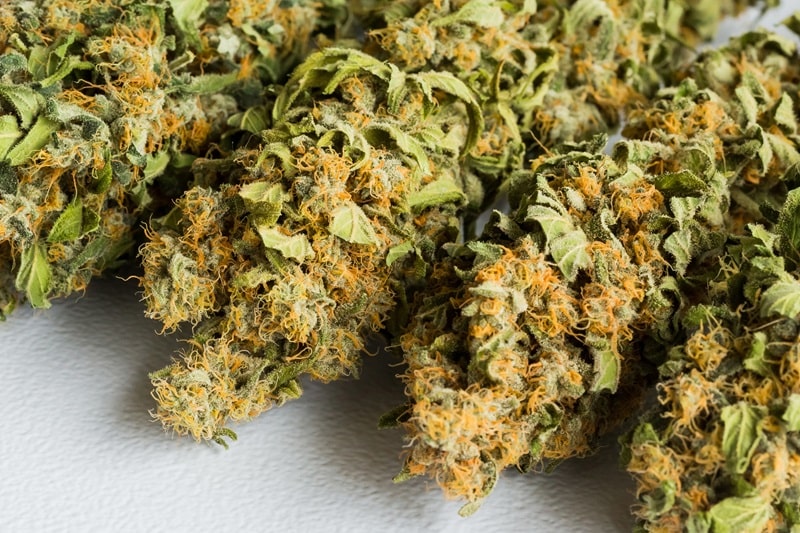
Sous Vide Decarboxylation
The sous-vide method is nice if you want to avoid any smells in the kitchen or home. Put your cannabis in a vacuum-sealed bag. Then, fill a pot with water and set up your sous-vide cooker at around 230 F. Put the bag in the water and let it heat for around 90 minutes.
Decarboxylator
You can also use a device that has been specially made for the decarbing process, known as a decarboxylator. Various companies make decarboxylator machines you can add weed to and simply switch on to decarb it conveniently and quickly.
Natural Decarboxylation
Natural decarboxylation can simply happen over time as fresh cannabis dries, cures, and warms up, depending on where it’s stored. You can put some flowers in a mason jar on a sunny window to decarb it naturally, but this isn’t the best method and can impact weed flavor and quality.
Cannabis Decarboxylation Temperature
Temperature can have a large impact on the results of cannabis decarboxylation, as explained on Mary Ann Liebert, Inc. The ideal temperature tends to be between 220 and 240 Fahrenheit.
Benefits of Cannabis Decarboxylation
The benefits include:
- Essential for making edibles
- Brings out the full power of cannabinoids
- May improve flavor and aroma
Contact us to learn even more about why decarbing is so useful.
Clearly, decarbing cannabis is a useful skill to master, especially if you plan on whipping up any fun edible recipes, like cannabis brownies or cookies. We hope this guide has helped you understand why decarbing is so important and how to do it at home.
Sources
- https://www.ncbi.nlm.nih.gov/pmc/articles/PMC5549281/
- https://www.utah.gov/pmn/files/846685.pdf
- https://resources.perkinelmer.com/lab-solutions/resources/docs/app_optimization_of_the_decarboxylation_reaction_in_cannabis_extract_014330_01.pdf
- https://www.canr.msu.edu/news/understanding-regulations-regarding-hemp-cannabinoid-testing
- https://www.liebertpub.com/doi/10.1089/can.2016.0020
